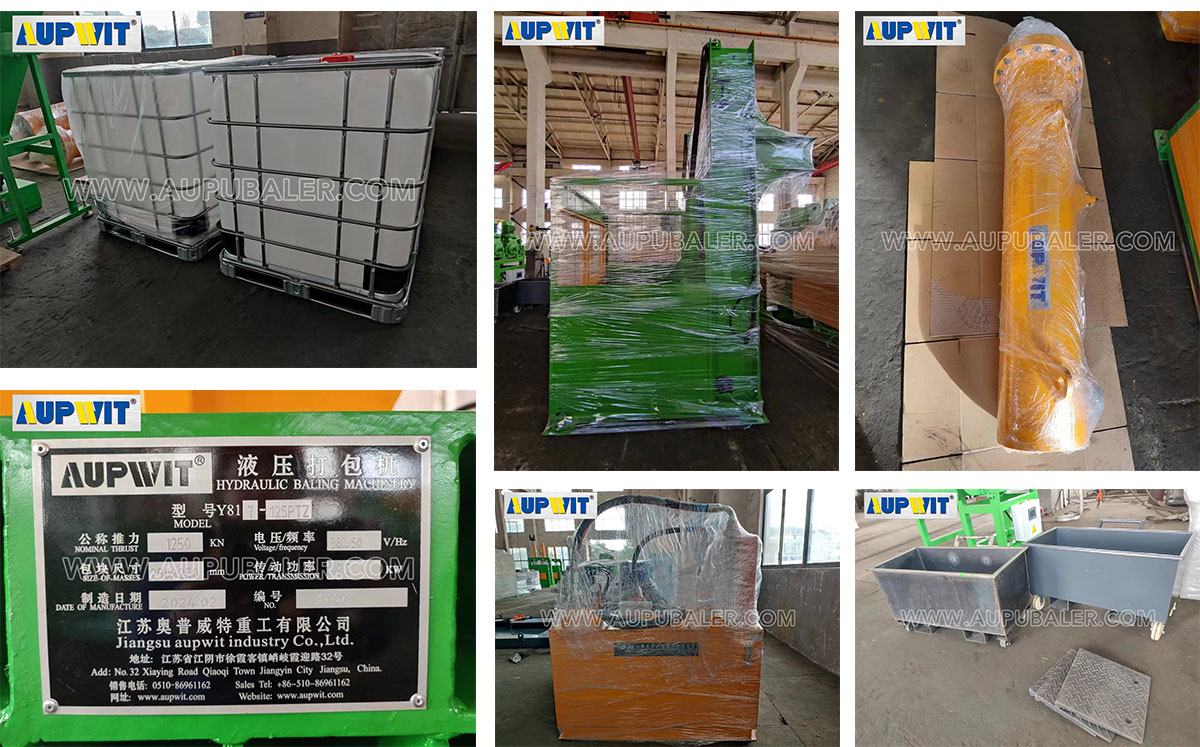The discharge temperature of a briquetting press depends on the machine type, raw material, and compression pressure, but generally ranges between 60°C and 120°C. This heat is generated by friction and mechanical force during compaction.
Key Factors Influencing Discharge Temperature
-
Machine Type & Pressure
-
Mechanical piston presses (high pressure: 800–1,200 bar) → 90–120°C due to intense friction.
-
Screw extruders (medium pressure: 400–800 bar) → 70–100°C from continuous shearing.
-
Hydraulic presses (lower friction) → 60–90°C, but varies with compression time.
-
-
Material Properties
-
Biomass (sawdust, straw): 80–110°C (lignin softens at ~70–90°C, aiding binding).
-
Metal chips/swarf: 100–120°C (higher friction from hard particles).
-
Coal/charcoal fines: 60–90°C (less friction, but may require pre-heating).
-
-
Moisture Content
-
Wet materials (>15% moisture) may reach lower temps (60–80°C) due to evaporative cooling.
-
Optimal moisture (8–12%) allows efficient heat generation for natural binding.
-
-
Die Design & Speed
-
Smaller dies + faster cycles → Higher friction → Elevated temps (up to 120°C).
-
Pre-heated dies (for biomass) stabilize output at ~90°C.
-

-







